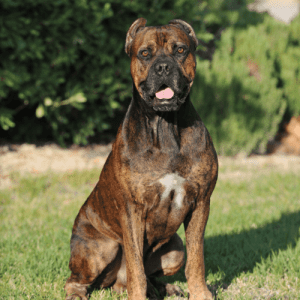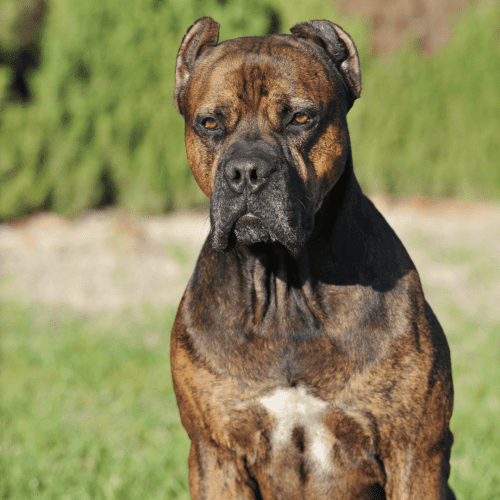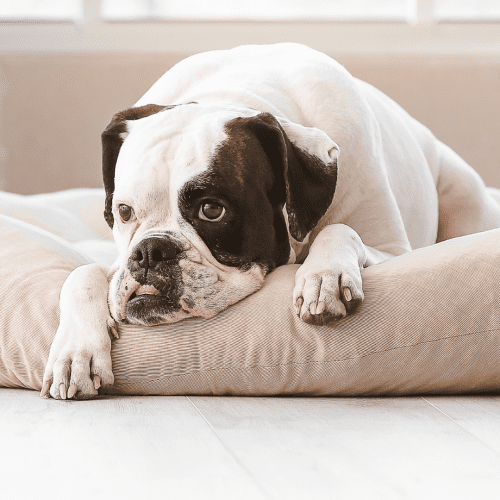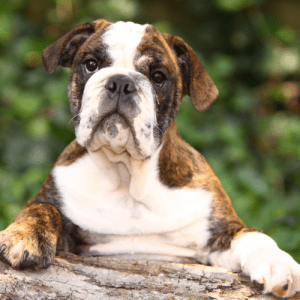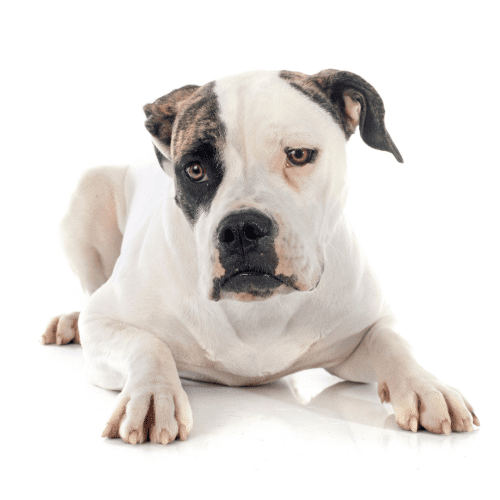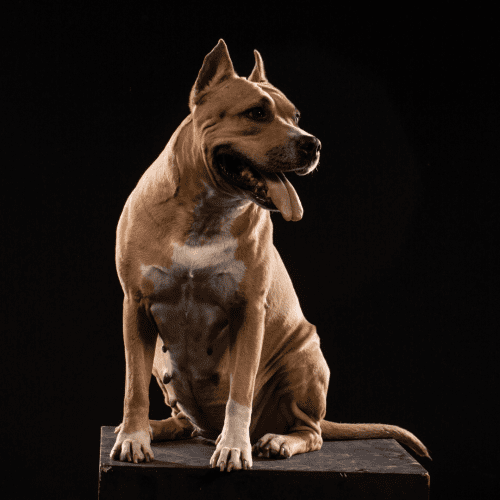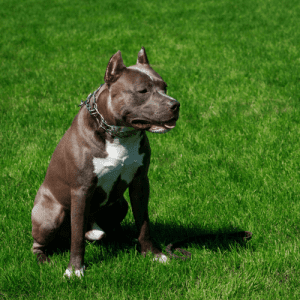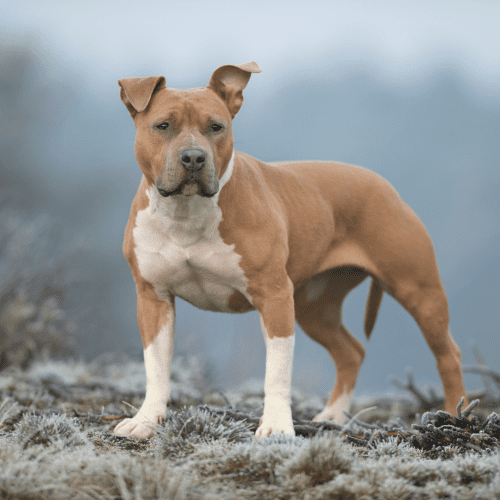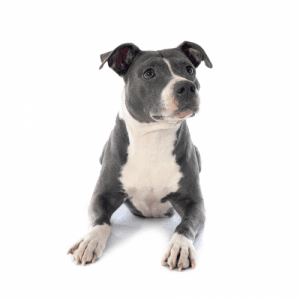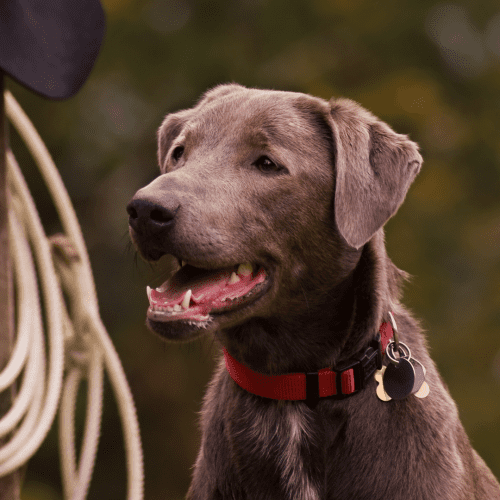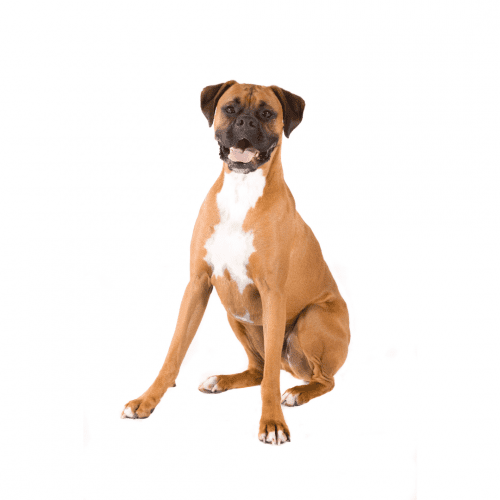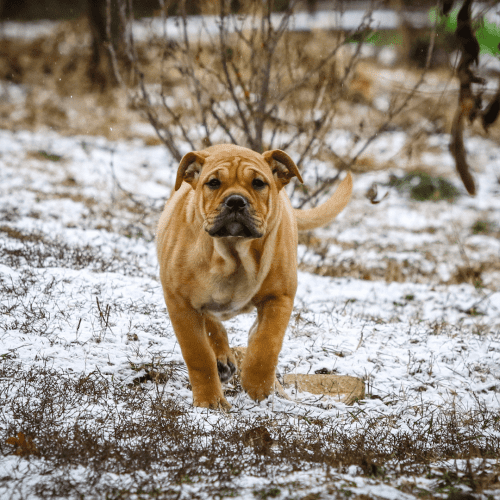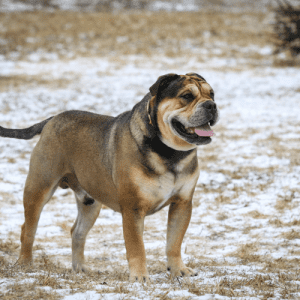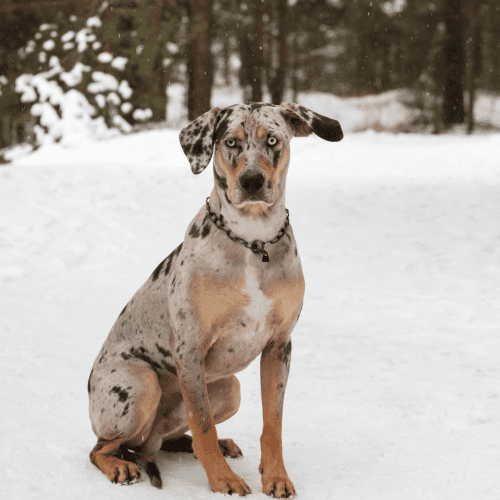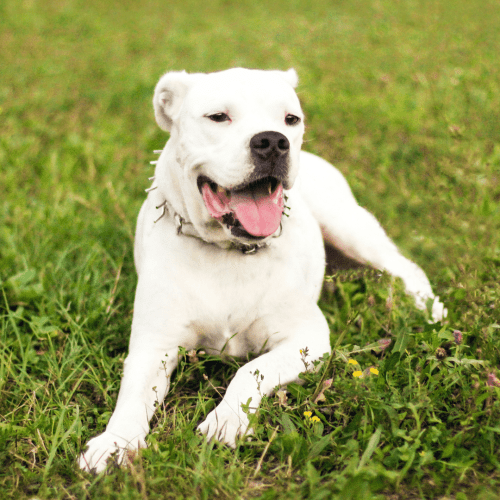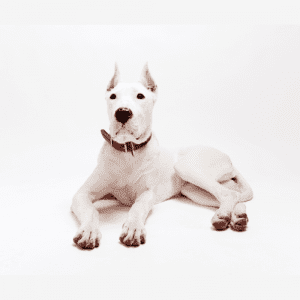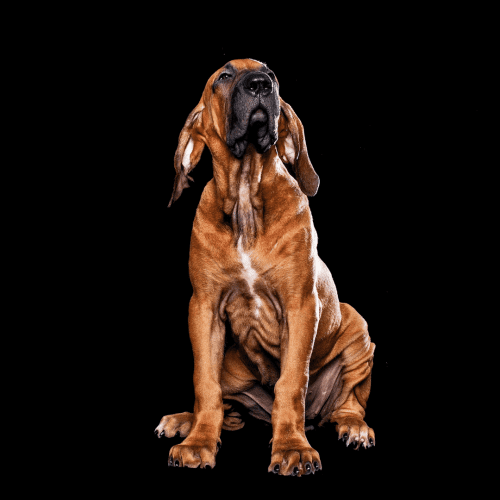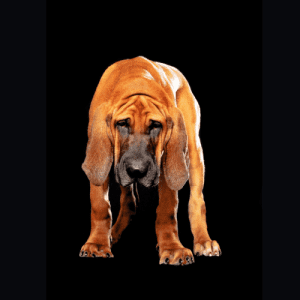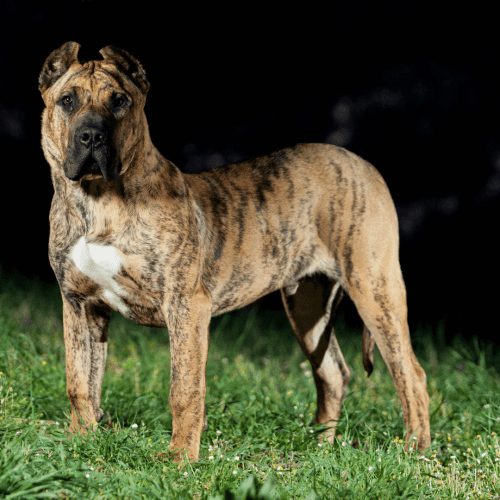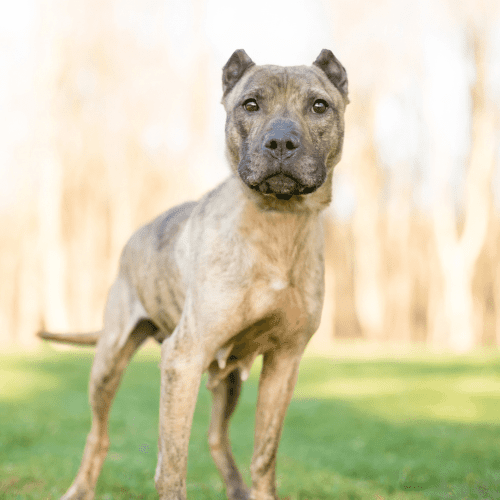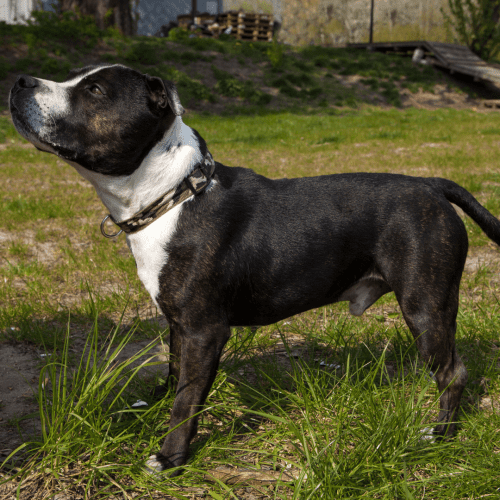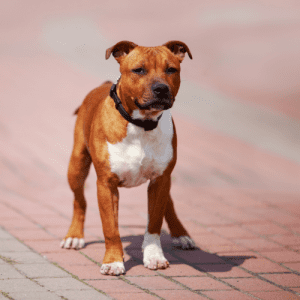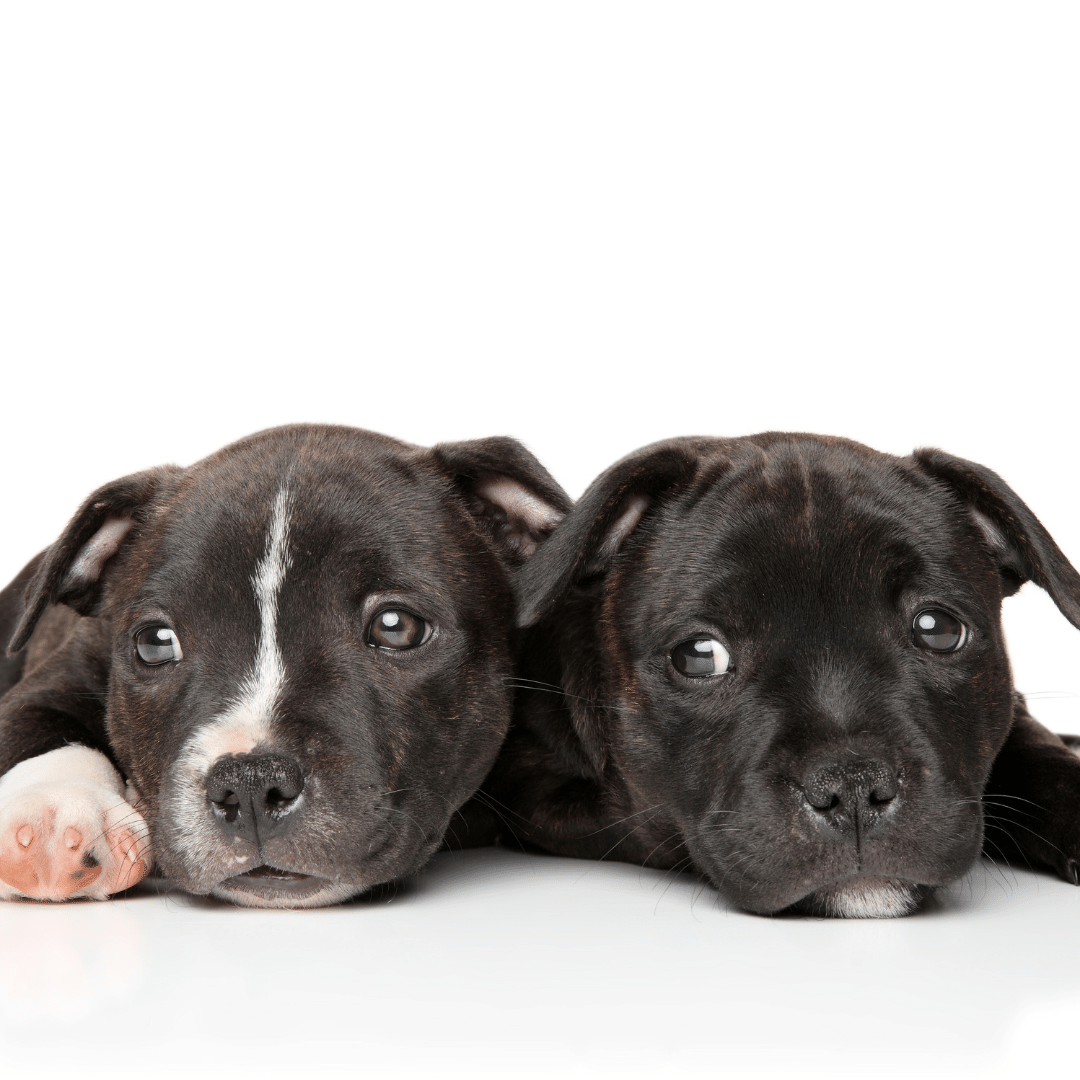Catch dogs are bred specifically for hunting and tracking, so they’re perfect for bringing along on outdoor adventures. If you’re looking for the perfect hiking buddy, consider getting a catch dog. We have featured some of the best Catch Dog breeds here.
If you’re curious about the Catch dog breed, let’s delve into what makes them unique.
The Catch dog breed has a fascinating history that dates back to the early days of human civilization. These dogs were initially bred for hunting and catching large game, such as wild boar and bears. Their training is crucial to their success in this role.
Catch dogs are known for their intelligence and ability to learn and follow commands quickly. They’re highly trainable and can be taught various skills, including tracking, scent detection, and obedience.
In terms of temperament, Catch dogs are known for their loyalty, courage, and protective instincts. They’re incredibly devoted to their owners and will go to great lengths to protect them. This makes them excellent family pets and guard dogs. However, it’s important to note that proper socialization and training are essential for these dogs to develop a balanced temperament.
Catch dogs are typically bred for their working abilities rather than their appearance when it comes to breeding. Breeders carefully select dogs with the right temperament, intelligence, and physical attributes to produce the best working dogs.
Catch dogs set themselves apart from other dog breeds with their unique combination of physical strength, intelligence, and unwavering determination. These qualities make them highly effective in their role as hunting dogs. With their strong, muscular bodies and powerful jaws, catch dogs possess the physical characteristics to tackle and hold down large prey. Their thick, protective coats provide added durability and resilience in the field.
Training requirements for catch dogs are extensive due to the specialized nature of their work. They must be taught to track, corner, and immobilize the game without causing harm to themselves or their handlers. This requires careful socialization, obedience training, and exposure to various hunting scenarios. Catch dogs must also be trained to respond to commands quickly and reliably, as split-second decisions can be crucial in the field.
Regarding temperament and behavior, catch dogs are known for their loyalty, fearlessness, and unwavering focus. They possess a strong prey drive and are instinctively protective. However, proper socialization is essential to ensure they can discern between friend and foe and behave appropriately in different situations.
Some famous catch dog breeds include the American Bulldog, Dogo Argentino, and Bullmastiff. Each of these breeds brings its unique strengths and characteristics to the table, but all share the common traits of strength, intelligence, and determination that make them excellent catch dogs.
As we continue our exploration of catch dog breeds, let’s now turn our attention to the specific dogs that make up this group. Different catch dog breeds have been developed over the years, each with unique characteristics and abilities that make them well-suited for their roles as working dogs.
Catch dog breeds in action display remarkable strength, agility, and determination. These dogs have been bred to assist in various tasks such as hunting, herding, and protecting livestock. Their primary function is to catch and hold large animals, often until their human handlers arrive to take control of the situation.
Training catch dogs requires a skilled and patient approach. They must be taught to follow commands, display self-control, and exhibit a strong bond with their human handlers. Due to their innate protective instincts, catch dogs require proper socialization from an early age to ensure they can distinguish between friend and foe.
Catch dogs have a rich history, dating back centuries. They’ve played a vital role in communities worldwide, assisting in tasks such as wild boar hunting, cattle herding, and even bear baiting. Their loyalty, strength, and versatility have made them indispensable working companions throughout history.
Catch dogs have a fascinating origin traced back to various regions and periods. The origins of catch dogs are believed to lie in ancient civilizations where they were used for hunting and guarding purposes. These dogs were valued for their strength, agility, and ability to apprehend large game. The history of catch dogs is intertwined with human societies, as they were bred and trained to assist in various tasks.
The exact origins of catch dogs are difficult to pinpoint, as they were developed independently in different parts of the world. However, some of the most well-known catch dog breeds can be traced back to regions such as Europe, Africa, and America. In Europe, breeds like the Bulldog and the Bull Terrier were used as catch dogs, primarily for bull-baiting and bear-baiting. In Africa, breeds like the Boerboel and the Rhodesian Ridgeback were utilized for hunting and guarding livestock. In America, catch dogs like the American Bulldog and the Catahoula Leopard Dog were developed for hunting wild boar and other large game.
The traits that make catch dogs adept at their jobs include their strong jaws, muscular build, and high pain tolerance. These dogs are known for their tenacity, courage, and loyalty. They’re highly trainable and can follow commands and perform tasks efficiently. Due to their impressive skills and versatility, catch dogs have gained popularity in various fields, including hunting, search and rescue, and law enforcement.
Training catch dogs requires patience, consistency, and positive reinforcement techniques. Early socialization is crucial to ensure they develop good manners and are well-behaved around people and other animals. Basic obedience training is essential to establish a strong foundation for further training. As catch dogs are strong-willed and independent, it’s necessary to establish yourself as a strong and consistent leader.
Man utilizes catch dogs in various ways, harnessing their unique abilities for hunting, livestock protection, and search and rescue operations. Training techniques for catching dogs are crucial in molding them into effective working companions. Handlers employ positive reinforcement methods, using treats and praise to reward desired behaviors and encourage obedience. Catch dogs are trained to exhibit controlled aggression, allowing them to apprehend game or protect livestock when necessary.
In hunting, catch dogs play a vital role. Their powerful jaws and tenacity enable them to hold and immobilize prey until the hunter arrives. They excel in tracking and flushing out game, making them invaluable assets in various hunting scenarios.
In livestock protection, catch dogs act as guardians, defending herds against predators. Their strong presence and innate protective instincts deter potential threats and provide security for the animals and the farmers.
The relationship between catch dogs and their handlers is built on trust, respect, and clear communication. Handlers invest time and effort into bonding with their catch dogs, establishing a solid connection that enhances their working partnership. This connection is crucial, allowing handlers to guide and control their dogs effectively during high-pressure situations.
Owning a catch dog comes with challenges and rewards. The physical and mental demands of training and maintaining a catch dog can be demanding, but the loyalty, companionship, and utility they provide are advantageous. Catch dogs become valued family members, forming deep bonds with their handlers and bringing joy and fulfillment to their lives.
The future of catch dog breeds in modern society looks promising. As more people recognize the value of these breeds, their roles expand beyond traditional tasks. Catch dogs are increasingly utilized in search and rescue operations, where their tracking abilities and resilience are highly sought. With proper training and responsible ownership, catch dogs have the potential to positively impact various industries and contribute to the well-being of society.
Handlers of catch dogs come from diverse backgrounds and professions, all seeking these breeds’ unique connection and utility. Catch dog breed enthusiasts have a deep passion for these dogs and their specific traits. They appreciate the breed’s strength, intelligence, and agility and are fascinated by their history and working abilities.
Catch dog trainers, on the other hand, are skilled professionals who’ve extensive knowledge and experience in training catch dogs. They understand the breed’s instincts and can harness their natural abilities to excel in various tasks such as hunting, herding, and protection work.
Catch dog owners have chosen to bring these dogs into their homes and lives. They value their loyal and protective nature and often rely on them for personal security.
Finally, catch dog breeders play a crucial role in preserving and improving the breed. They carefully select breeding pairs to ensure that the next generation maintains the breed’s desired traits. These individuals prioritize health, temperament, and working ability in their breeding programs.
One interesting fact about Catch dogs is their strong prey drive, making them highly skilled at tracking and capturing animals. This innate instinct sets them apart from other dog breeds and makes them excellent working dogs. Catch dogs are known for their determination and fearlessness in pursuing and catching prey.
Different training techniques can be used to harness and refine the natural abilities of Catch dogs. Positive reinforcement training methods, where dogs are rewarded for exhibiting the desired behavior, are often preferred. Consistency and patience are key when training Catch dogs, as they can sometimes be independent and stubborn.
Catch dog characteristics vary depending on the breed, but they generally possess a solid and muscular build, powerful jaws, and a high level of endurance. They’re also known for their loyalty and protective nature towards their owners.
Various kennel clubs have established Catch dog breed standards to maintain the integrity and consistency of these breeds. These standards outline specific physical traits, temperament, and working abilities desirable in Catch dogs.
As with any breed, Catch dogs may have specific health concerns. Regular veterinary check-ups, proper nutrition, and exercise are essential for maintaining their overall well-being.
When training Catch dogs, starting early and exposing them to various environments and stimuli is essential. Socialization ensures they’re comfortable and well-behaved around other animals and people.
